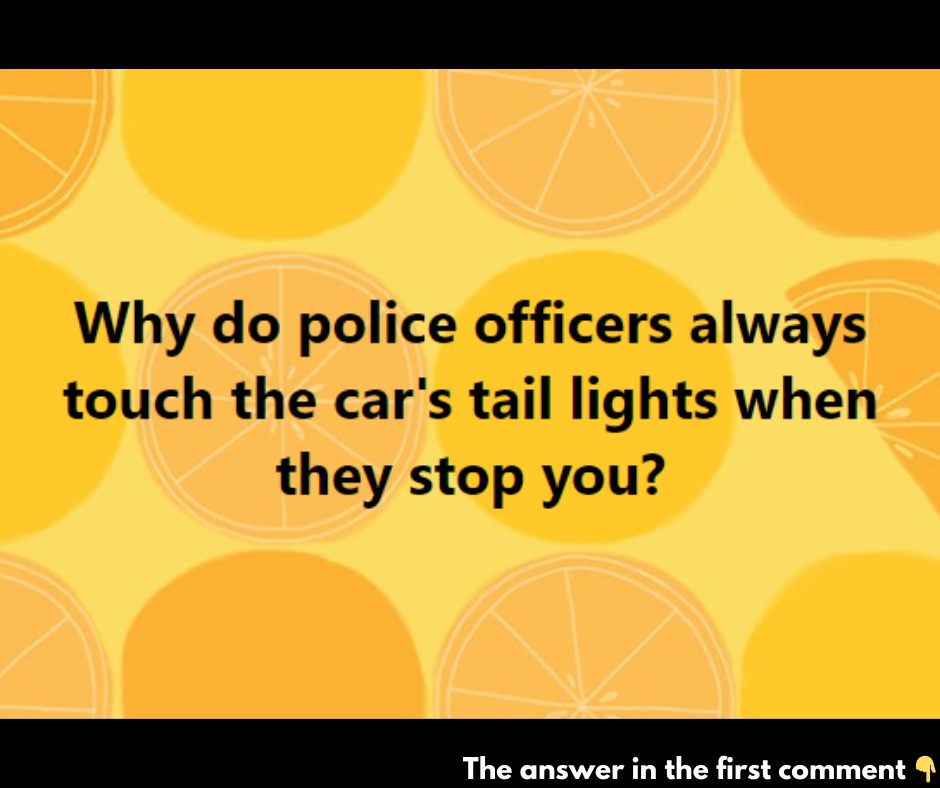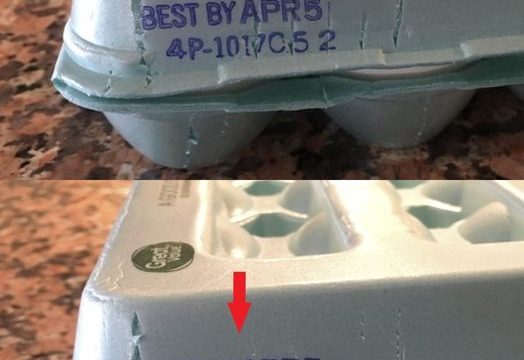Police officers face uncertainty during every traffic stop. They have no idea who is in the car or what the driver’s intentions may be. That’s why they take precautions to protect themselves. Touching the car’s tail lights is more than just a symbolic gesture—it can play a vital role in ensuring the officer’s safety.

Safety in Unpredictable Situations
Traffic stops can be risky. Officers must approach each vehicle with heightened awareness because they never know what could happen. If the situation turns dangerous or the driver tries to flee the scene, that fingerprint on the tail lights becomes a crucial piece of evidence. In the event that an officer is harmed, that print could help identify the vehicle involved.
This simple touch of the tail light also gives officers a few extra seconds to assess the situation. While they reach out, they have a brief moment to glance into the vehicle, checking for any suspicious activity or potential threats before moving closer to the driver. It’s a quick but important step in a well-rehearsed routine designed to minimize risk during what could be a volatile encounter.
A Subtle Deterrent for Illegal Activity
Interestingly, touching the tail lights may also act as a psychological deterrent for drivers with illegal intentions. When the officer makes contact with the vehicle, it sends a signal that they are paying attention to every detail of the stop. For a driver who might be thinking about stashing illegal substances or tampering with evidence, this small action can serve as a reminder that the officer is fully aware of their surroundings.
The subtle message? Anything suspicious won’t go unnoticed. It’s a way for law enforcement to establish control and deter illegal behavior before it even starts. Drivers are less likely to try something risky when they know the officer is vigilant and methodically inspecting every aspect of the stop.





